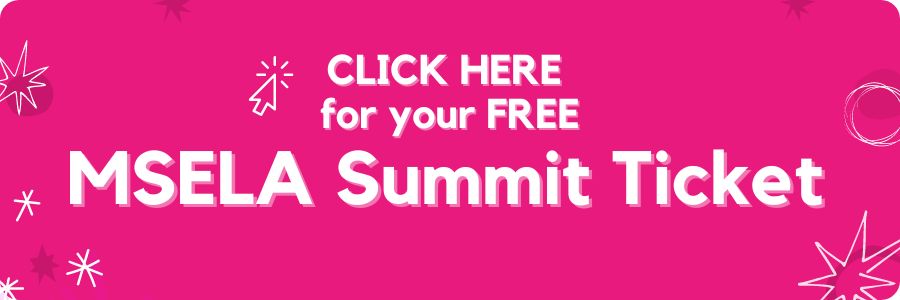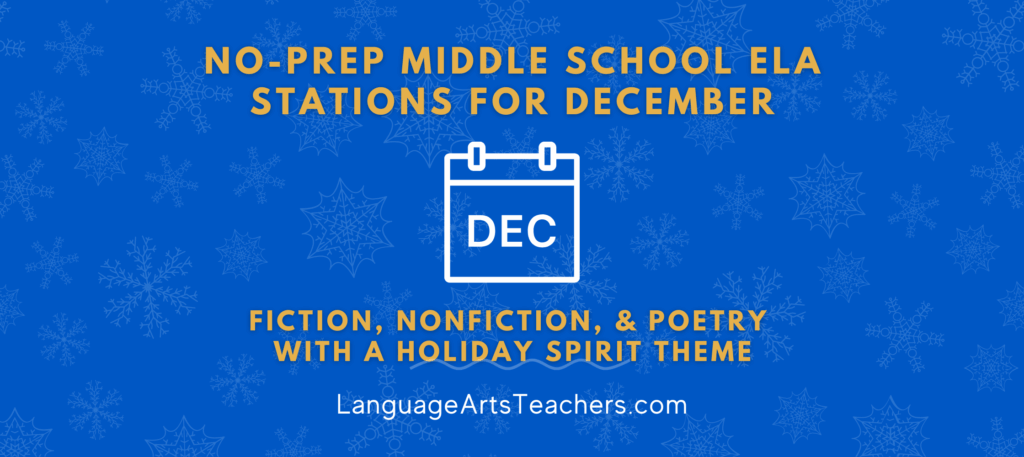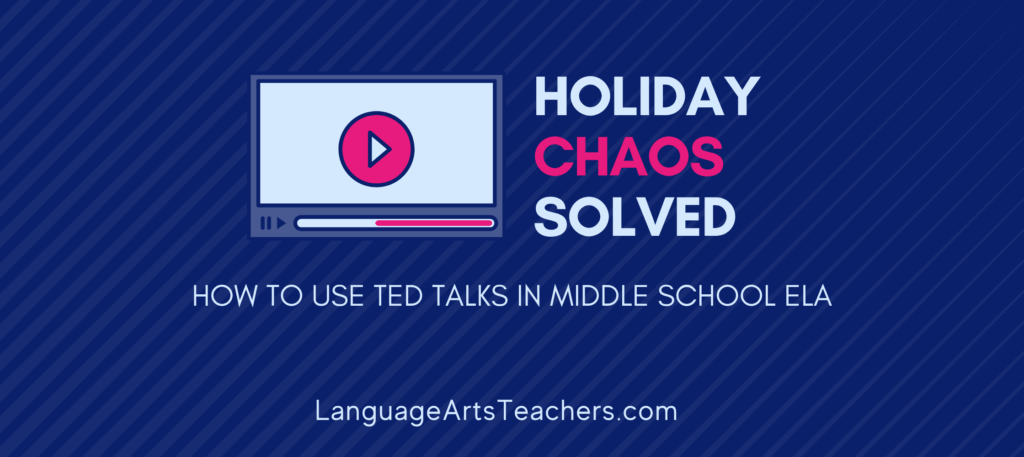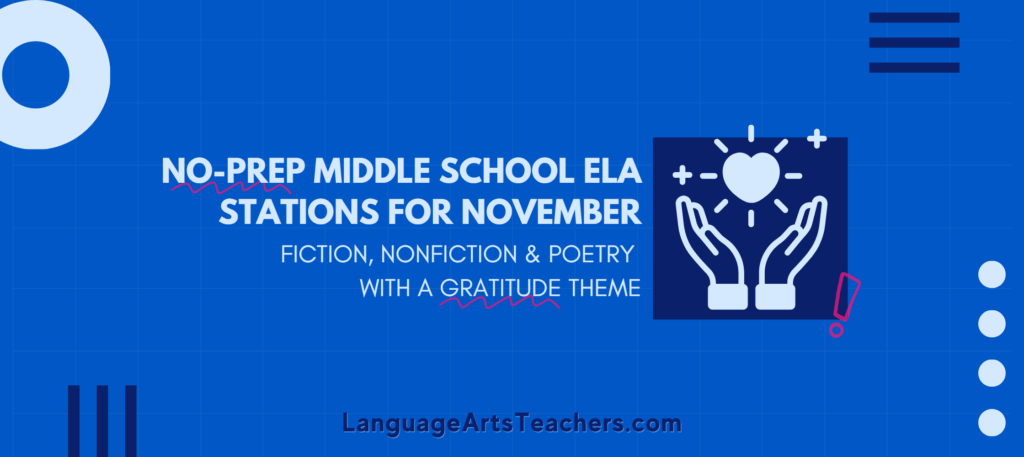First things first (especially if you’re new to Middle School English) → In middle school ELA classrooms, teachers often incorporate various types of expository reading to engage students and develop their comprehension and critical thinking skills. Some of the most common types of expository reading materials teachers use to round out their units include:
- Non-fiction Articles: Articles from newspapers, magazines, and online sources provide students with real-world examples of expository writing. These articles cover a wide range of topics, from current events to scientific discoveries, and often include informational text features such as headings, subheadings, and captions.
- Informational Texts: Textbooks, informational books, and primary source documents offer students opportunities to explore in-depth information on specific subjects. Teachers may use excerpts or chapters from these texts to supplement their curriculum and provide context for classroom discussions and activities.
- How-to Guides: Instructions and tutorials on topics such as cooking, crafting, or performing tasks provide students with practical examples of expository writing. How-to guides break down complex processes into manageable steps, helping students understand the importance of clear and sequential writing.
- Expository Essays: Model essays written by professionals or peers serve as examples for students to analyze and emulate in their own writing. These essays typically follow a clear structure with an introduction, body paragraphs, and a conclusion, showcasing effective use of evidence and argumentation.
- Research Reports: Research reports and case studies present findings from scientific experiments, historical events, or social studies inquiries. These texts emphasize the use of evidence to support claims and require students to evaluate sources, analyze data, and draw conclusions based on their research.
- Persuasive Writing: While not purely expository, persuasive essays and editorials often include elements of expository writing, such as providing evidence and logical reasoning to support a particular viewpoint. Teachers may incorporate persuasive texts to help students understand the relationship between informative and persuasive writing styles.
At this point, what can you DO with ^those types of texts? How do you build lessons out of them for your reading – writing expository unit?

Step 1: Define Your Objective
Lesson Plan Idea: Genre Exploration
Start by introducing the concept of expository writing to your students through a genre exploration activity. Provide examples of different types of expository texts, such as news articles, informational brochures, and how-to guides. Discuss the characteristics of each genre and brainstorm topics that could fit within each category. This will help students understand the wide range of possibilities within expository writing and set the stage for the unit ahead.
Step 2: Select Engaging Texts
Lesson Plan Idea: Text Analysis Stations
Set up text analysis stations around your classroom, each featuring a different expository text. Divide students into small groups and rotate them through the stations, encouraging them to read and analyze the texts closely. Provide guiding questions to help students identify key arguments, evidence, and rhetorical strategies used by the authors. Afterward, come together as a class to discuss their findings and insights.
Step 3: Break Down the Structure
Lesson Plan Idea: Expository Essay Outline
Guide students through the process of crafting an expository essay outline using a step-by-step approach. Start with the introduction, emphasizing the importance of a clear thesis statement that states the main argument of the essay. Then, break down the body paragraphs, focusing on topic sentences, supporting details, and transitions. Finally, discuss strategies for writing a strong conclusion that reinforces the main points. Provide templates or graphic organizers to scaffold the outlining process.
Step 4: Analyze Like a Detective
Lesson Plan Idea: Rhetorical Analysis Gallery Walk
Create a gallery walk activity featuring excerpts from various expository texts. Have students work in pairs or small groups to analyze the excerpts, focusing on the author’s use of rhetorical devices such as ethos, pathos, and logos. Provide guiding questions to help students identify examples of each rhetorical strategy and discuss their effectiveness in persuading the audience. Encourage students to present their findings to the class and engage in meaningful discussions.
Looking for support around organizing your units, planning your year, and engaging students in your Middle School ELA Classroom, get your free ticket to the MSELA Summit which is the annual back-to-school virtual conference specifically designed for Middle School ELA Teachers.
Click Here for the Dates + Details!





